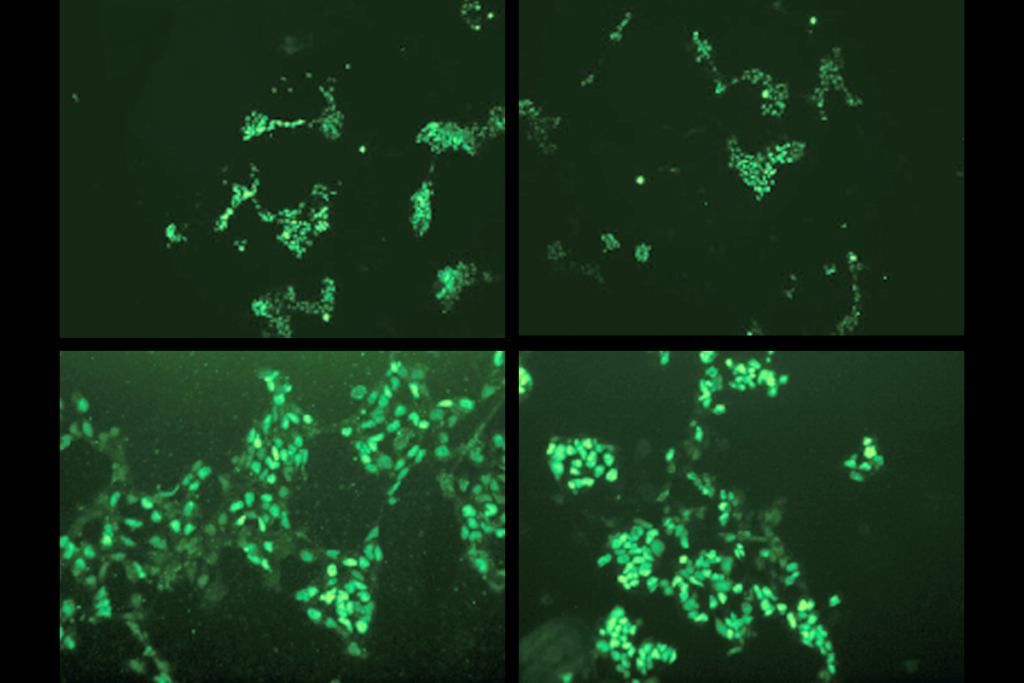
New test scores emotional weight of parent-child connections
Videos of mothers and their infants interacting with each other may contain clues to autism risk.
Videos of mothers and their infants interacting with each other may contain clues to autism risk. The unpublished results were presented Tuesday at the 2016 Society for Neuroscience annual meeting in San Diego.
The researchers presented a new screen, called the Welch Emotional Connection Scale, that can assess the degree of connectedness between a mother and her child.
Touch between a parent and child leads to a state of calm in both. In other words, photos of infants sleeping peacefully on a snoozing parent’s chest aren’t just cute, they represent ‘co-regulation,’ a fundamental concept in human biology. And this phenomenon may play a key role in autism, the researchers say.
“We think the key element for social development is co-regulation,” says study leader Martha Welch, director of the Nurture Science Program at Columbia University Medical Center in New York. “The idea of the screen was to pick up whether this [co-regulation] was happening.”
The screen looks at, for example, how often the mother looks at and touches the child, and how often the child reaches for and gazes at the mother. It also assesses whether the mother and infant respond to each other’s emotional cues: Does the mother pick up and soothe the baby when he cries? When the mother smiles at the baby, does the baby smile back?
Simple screen:
Autism is thought to interrupt reciprocal interactions between mother and child that build a foundation for developing social skills. Infants with the condition may resist physical contact, look away from their mother or fail to respond when she talks and coos. Over time, this can in turn shape how the mother interacts with the child.
In a pilot study, the researchers evaluated 75 mother-infant pairs when the infants were 4 months old. This screen identified 75 percent of the children who went on to have a high score on the M-CHAT, a standardized questionnaire for assessing autism risk, when they were 18 months old. The test also correctly identified 76 percent of infants who scored as low risk on the M-CHAT.
One of the tool’s strengths is that a trained observer can score it after less than 10 minutes of observation of a mother-infant pair, either by video or in person.
“Pediatric practices have a lot of obligations,” Welch says, so the tool must to be short in order to be clinically useful.
Welch and her colleagues analyzed videos of mother-infant pairs with the new screen and with a gold-standard method of evaluating social behavior, known as Noldus coding. This involves painstakingly recording the exact duration of behaviors such as the mother smiling at the infant or the infant looking away from the mother.
It took a year to complete the Noldus analysis of the videos, and only three months for the new screen. Yet the screen’s scores closely match the Noldus results, Welch says. The results suggest that the screen is a practical tool for scientific research.
The team next plans to replicate the findings in larger groups of mother-infant pairs.
For more reports from the 2016 Society for Neuroscience annual meeting, please click here.
Recommended reading

Developmental delay patterns differ with diagnosis; and more

Split gene therapy delivers promise in mice modeling Dravet syndrome

Changes in autism scores across childhood differ between girls and boys
Explore more from The Transmitter

Smell studies often use unnaturally high odor concentrations, analysis reveals

‘Natural Neuroscience: Toward a Systems Neuroscience of Natural Behaviors,’ an excerpt
